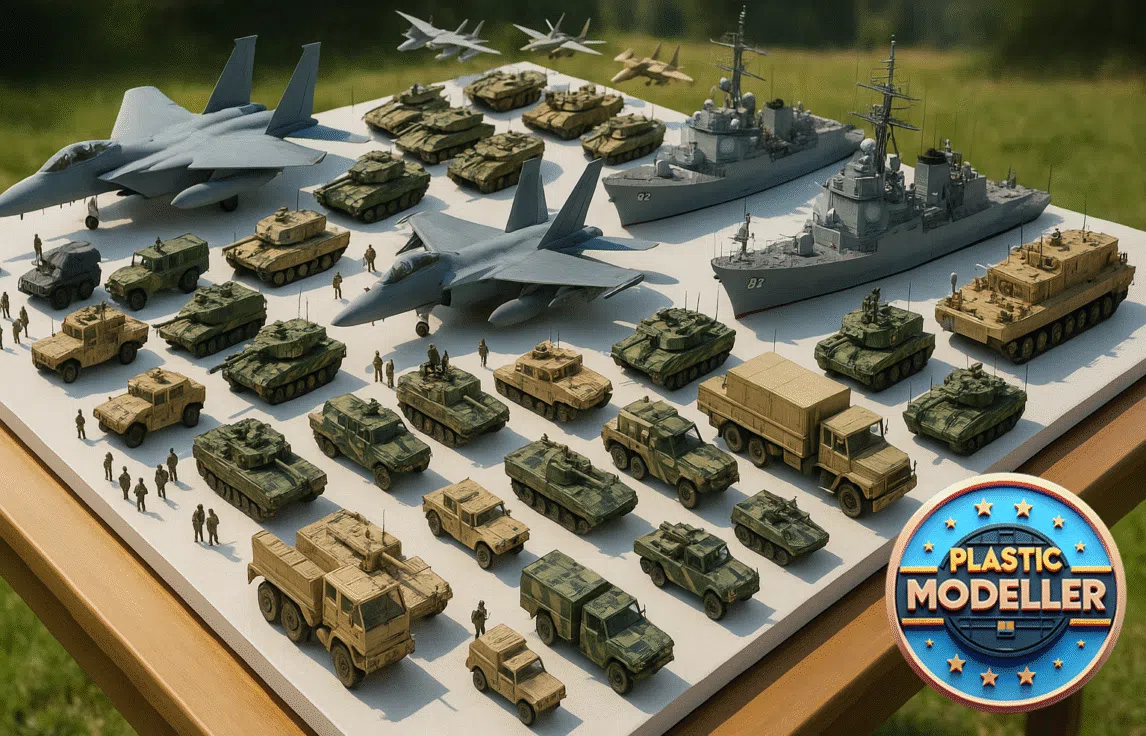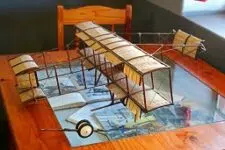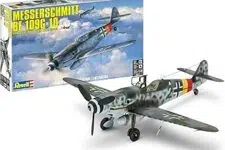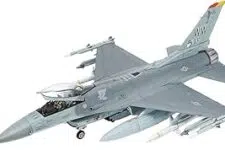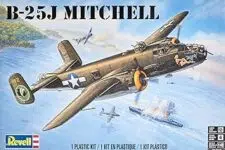Table of Contents
Do you have a diorama model you’ve constructed? It’s like a model of the natural world but smaller. Creating a diorama is an excellent method to demonstrate creativity. The models don’t have to be built separately; they can be combined to make elaborate miniature or colossal-scale settings.
Here is what makes diorama models so interesting. Diorama kits for adults have more complexity.
Unlimited Ideas For Diorama Scenery Creations
A plethora of inspirations for new works exist. It doesn’t matter what era you pick. Possible settings include the Middle Ages, a peaceful town by the lake, the period of dinosaurs, a safari full of exotic animals, outer space, the present day, or even a war zone. The possibilities for imagining imaginary or real-life settings are vast. Miniature versions of trees, bushes, leaves, rocks, pebbles, and even grass are some of the many elements available in these subsets. The history of operational model locomotives is extensive.
Learning Aids

A diorama can serve as a teaching tool as well. For example, by combining the artistic potential of model making with the study of history, the process of creating a replica of a home from the Middle Ages can teach its subject, as well as those who study it, something about the way of living during that era.
Landscape a Diorama
You can only piece together a fraction of the homeowner’s possible past from the physical evidence. If you want to see more of the landscape around your home, placing it in the middle can assist. The modeler can accomplish this by constructing a diorama, which provides an intimate glimpse into daily life in a medieval household. Most modeler generally builds from military diorama kits.
The Anticipation Is About To Reach Its Peak.
For diorama kits for beginners, follow these steps:
- Plan the scene: Decide on a specific scene or theme for your diorama. This could be a historical battle, a fictional scene from a movie, or a specific location.
- Gather materials: You’ll need model kits, tools for assembly (such as plastic glue, sprue cutters, and sandpaper), and materials for the base and background (such as foam board, cardboard, or balsa wood).
- Assemble the models: Carefully follow the instructions to assemble your model kits. Be patient, and take your time to ensure a precise and professional-looking result.
- Paint the models: Once the models are assembled, you can paint them to match the colors and details of the scene you’re creating. Use acrylic or enamel paints and a fine brush.
- Create the base: Cut a piece of foam board or cardboard to the size you want for your diorama base. Cover it with a layer of plaster or sand to represent the ground. You can also use rocks, plants, or other materials to create terrain.
- Add background: Create a background for your diorama by cutting a piece of cardboard or foam board to size and painting it to match the scene. You can also add trees, buildings, or other elements to the background to make it more realistic.
- Arrange the models: Place the models in the scene and arrange them in a way that looks believable. You can use glue, putty, or other materials to secure them in place.
- Finish: Finally, you can add final touches to your diorama, such as lighting or weathering effects, to make it look more realistic.
Be Creative
Remember, a diorama is a miniaturized representation of a scene, so don’t be afraid to use your imagination and creativity to make it unique! Endless ideas from fantasy diorama kits.
Yes, building a diorama with model kits can be one of the most exciting aspects of model kit construction because it allows you to bring your creative vision to life. Here are a few reasons why:
- Creativity: A diorama provides a blank canvas for you to create a unique and creative scene, be it historical, fictional, or based on a specific location.
- Attention to detail: When building a diorama, you can focus on the smallest details to make the scene as realistic as possible. This can include adding vegetation, weathering effects, or other small details that can bring the scene to life.
- Storytelling: A diorama allows you to tell a story through a miniature representation of a scene. You can create a historical battle, a scene from a movie, or a specific location, and bring it to life through the use of models, terrain, and background.
- Pride of ownership: Once you’ve completed your diorama, you’ll have a unique and impressive piece to showcase to friends and family. You’ll feel proud of the time and effort you put into creating something so detailed and intricate.
- Sense of accomplishment: Building a diorama can be a challenging and rewarding process. It requires patience, attention to detail, and the ability to follow instructions. Completing a diorama can be a satisfying experience and a sense of accomplishment.
A Showcase in Your Talent
In short, building a diorama with model kits offers an exciting combination of creativity, attention to detail, storytelling, pride of ownership, and a sense of accomplishment. You will in time build the best diorama kits ever.
Typical materials & Tools for a diorama model
- Box or container for the base of the diorama (e.g. shoe box, cardboard box, plastic container)
- Scissors or craft knife for cutting cardboard and other materials
- Glue or tape for attaching materials
- Paint or markers for coloring the background and other elements
- Construction paper or foam board for creating terrain and other structures
- Craft foam for creating terrain textures and small structures
- Paper towels, tissue paper, or cotton balls for creating clouds or other soft textures
- Plastic or metal figures or animals to populate the diorama
- Trees, bushes, and other miniature plants
- Sand, gravel, or small stones for creating paths or roads
- Twigs or toothpicks for creating fences or other small structures
- Water effects (e.g. blue cellophane, clear silicone) for creating water bodies
- Light sources (e.g. battery-powered lights, LED lights) for creating a sense of depth and adding light and shadow.
Note: The specific materials required for a diorama will vary depending on the scene or subject being depicted.
